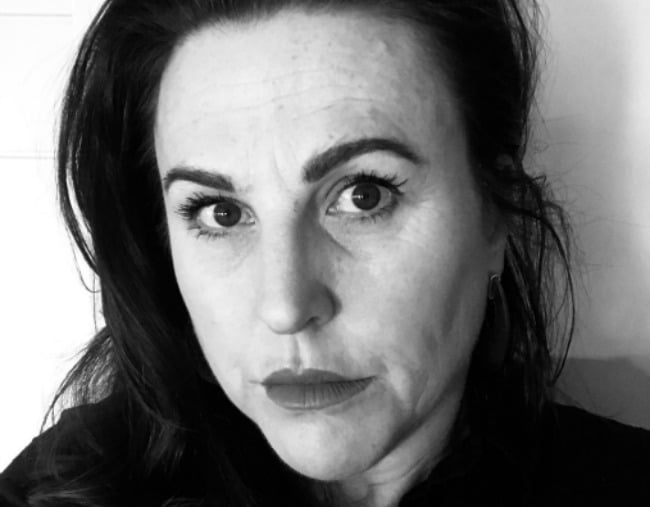
Warning: This post discusses the death of a child and may be distressing for some readers.
Nichola Krey is the Head of Humanitarian Affairs at Save the Children Australia. Here, on International Day of the Girl, she writes about the abomination that is female genital mutilation.
This post was originally published in 2018. We are sharing the story again today, February 6, for International Day of Zero Tolerance for Female Genital Mutilation.
I have been a humanitarian for 15 years and have seen some of the worst violations of human rights you could imagine.
But last month I witnessed the saddest and most distressing thing I have ever seen.
I watched as a 10-year-old girl screamed in pain and slowly died from the effects of tetanus contracted during female genital mutilation.
To set the scene, I was visiting one of Save the Children’s programs in Somalia focused on supporting drought-affected children and their families displaced from their nomadic lives as pastoralists due to a lack of water. These families are living in temporary camps as all their livestock is dead and their livelihoods have collapsed.
On this day, I expected to meet babies and children under five being treated for severe and acute malnutrition at a clinic run by Save the Children at a local hospital. It’s not easy to see a young child or baby on the brink of starvation. So, I mentally braced myself for distressing scenes, but didn’t expect to see the horror of FGM.
Instead, the nurse showing us around took us to a room where she wanted to show us an FGM case that was “complicated”.

Top Comments
This is an extraordinary article that must be published everywhere! The Global Media Campaign had been working to fight FGM via the media for 6 years now (we began as the guardian in London). But have rarely read anything more powerful . An sharing now with every journalist and editor I know. May it serve . Maggie. Global Media campaign to end FGM .
This is what we should be fighting against and spreading awareness about, not some bitter betty and her hatred of being told to smile. That is an extreme first world problem. Devote your energy to more important shit, use your platform and voice to lash out against this practice, this disgusting cultural norm will never end while people pussyfoot around it for fear of being called racist.
It's amazing, Casey (and FF below), that we can actually concentrate on more than one issue at a time. Paying attention to one doesn't rob the the other - we actually don't need to adhere to a quota of issues we care about.
Like I said feminism's dilemma is do they go hard on this issue and be accused of being racist or do they just go hard and ignore that.
We can't concentrate on ONE issue, let alone a multiple. The 24-hour news cycle leaves the important issues in the dust while we catch up on the latest bachelor eviction. And, the irony is lost on all the women clamouring to identify as feminists (and demanding others do too) while the most egregious atrocities are being done to young girls BY WOMEN.